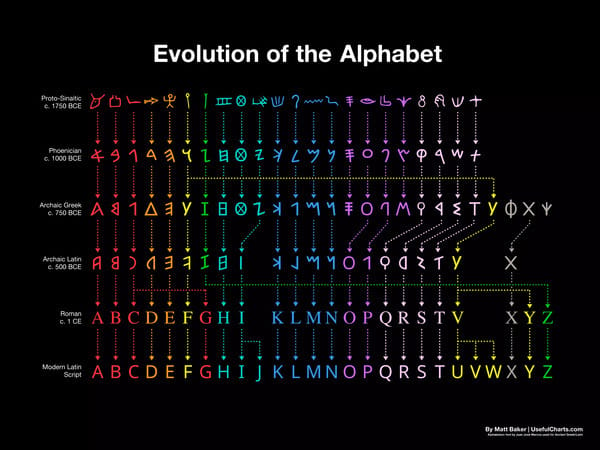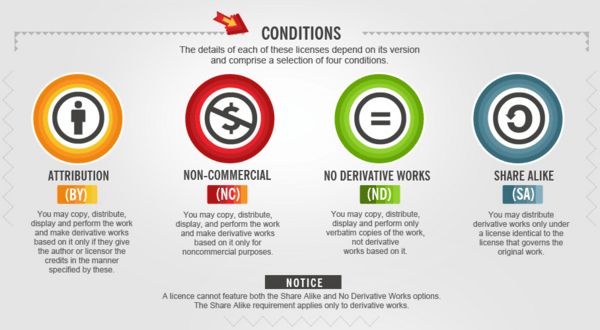- A life ordinary
- Posts
- A life ordinary by Amit Sarkar - Issue #15
A life ordinary by Amit Sarkar - Issue #15
Hello friends,
Welcome to another edition of my newsletter.
This week was again very busy. And another late edition of my newsletter. I need to start thinking of ways to schedule it so that it always goes out at the same time. In creator terminology I need to buckle up my content generation and publishing engine
We had a huge garden party in our house where 80 people came. But the best thing about the party was that we had a live dosa corner where the person served hot dosas. I had 5 dosas and many other snacks. The idea of someone serving you live dosa has become a hit with me.
My wife also ran her third 10K in the last 5 weeks and she has shaved almost 9 minutes from her original time. It was around the wonderful Hyde Park and I and our son had a great time cheering his mom and strolling around the park. We then went to The Kati Roll Company for a quick bite.
We also had the traditional Onam Sadhya at Tindli. Onam is celebrated every year in the southern state of Kerala in India. And during this festival, they serve the Sadhya. It's a meal served on a banana leaf with almost 30 different items, and all vegetarian.
Basically, the whole week went in eating 🤣
🔤 English alphabetical order

During the parade of nations at the 2008 Beijing Summer Olympics, Greece’s athletes entered the stadium first, as per a long-standing tradition. But instead of following in alphabetical order, other countries came out in a sequence corresponding to the number of strokes each nation’s name had in Chinese characters. Jamaica, for example, was followed by
In much of the western world, alphabetical order is simply a default we take for granted. It’s often the one we try first — or the one we use as a last resort when all the other ordering methods fail. It’s boring, but it works, and it’s so ingrained that it’s hard to imagine not using it. But before you can order anything alphabetically, you need an alphabet.
So much of what we use every day is taken for granted. For example, the English alphabets are 26 in number but there is a very specific order to it. Till I read the above article, I never questioned the specific order of the English alphabet.
Each alphabet represents a sound. Some sounds are made without closing the lips, called vowels. Some sounds are made by closing the lips, called consonants. These sounds have to be represented in the written form and that's where the alphabets kick in. There are many languages in the world and each language represents its sounds through its own alphabet. This article talks about the various Indian scripts.

Today, organizing information by letter has become so commonplace that it often just goes unnoticed. But it still comes with its own biases. Just ask anyone whose name starts with a letter at the end of the alphabet. Academic economists are more likely to be cited, get jobs at prestigious universities and even win Nobel Prizes if their names are higher up the alphabet. Political candidates are more likely to win if they have early alphabet names rather than late names.
This is a very interesting statement which I never thought about. My name starts with an A but my surname starts with an S. During my college and school days I was always at the top of the attendance list or for viva exams. I used to hate when they called my name early and wished my name would start with some letter later in the alphabet.
In the 21st century, people have started turning to other ways of finding and sorting information. Even as much of the internet’s underlying infrastructure depends on it, no one uses alphabetical order to search through Wikipedia or to decide which article to click on next. Instead of indexes organized alphabetically, we have hyperlinks leading in a thousand different directions. Alphabetical order may have won while no one was looking, but now, just as quietly, it’s being rendered obsolete. This once-dominant system may just be a really long phase.
Hopefully, things are changing and the order is no longer that important 🙂.
©️ Creative Commons licenses
I have subscribed to this newsletter from Future. In the most recent newsletter, there was an article on NFT and CC0. I know what NFTs are but didn't know what CC0 was. So I googled and found out about Creative Commons.

Creative Commons licenses give everyone from individual creators to large institutions a standardized way to grant the public permission to use their creative work under copyright law. From the reuser’s perspective, the presence of a Creative Commons license on a copyrighted work answers the question, “What can I do with this work?”
As a creator, creating and publishing content regularly is really important. But protecting that content and also making sure it's shared correctly is equally important.
Copyright law gives creators certain kinds of control over their creative work. If people want to use copyrighted work, they often have to ask for permission from the creator. Creative Commons works within copyright law. It allows creators to grant permission to everyone in the world to use their work in certain ways.
Creative Commons licenses are basically a way to allow others to use our content based on our intention. And these licenses are broadly classified as follows -
CC-BY
CC BY-SA
CC BY-ND
CC BY-NC
CC BY-NC-SA
CC BY-NC-ND
CC0

Each license grants the user respective permissions, as intended by the creator, based on certain conditions stated below -
BY - Credit must be given to the creator
SA - Adaptations must be shared under the same terms
ND - No derivatives or adaptations of the work are permitted
NC - Only noncommercial uses of the work are permitted

This ensures that any creative work in the public domain is rightly attributed. I have not been using CC licenses for the work I have been doing, but I will start using them.
👗 AI fashion show
This is one of the most amazing videos I have seen during the whole week.
But in this video, Paul Trillo uses DALL·E 2 to create an AI fashion show with Shyama Golden as his model.
He did an interview outlining how he created this video. And some behind-the-scenes videos are available on this Twitter thread.
The difference between using a traditional technique and AI is staggering. As Trillo says, you would literally need to design and build 100 outfits and then have the model change into them every few frames as you motion-control the camera. Another way would be to design and build the clothes in 3D, having to create the fabrics and textures, then light and do the necessary composite work over the video. But DALL-E 2 can do this with a text prompt. It not only generates an object like clothing, it can recreate a photograph and instantly composite something into that photograph. This is a unique feature to DALL-E 2 that the other AI synthesis programs don’t do: “DALL-E analyzes the aesthetic of the original image, the lighting, the perspective, everything, and seamlessly blends something new into the original image. It’s incredibly good at adding objects into a scene or filling erased parts, a process known as ‘inpainting,’” says Trillo.
🎙️ Podcast
Testing is an activity that happens throughout. It is not a phase that happens at the end. Start thinking about the risks at the very beginning, and how we are going to mitigate those with testing.
This week I heard an excellent episode from the podcast TechLead.Journal on Agile & Holistic Testing. In this podcast, Henry Suryawirawan interviews Janet Gregory and Lisa Crispin.
A lot of times when people talk about software testing, they focus primarily on testing at the end of the phase, just before the software is released to customers. But testing is much more than that.
“Testing is an activity that happens throughout. It is not a phase that happens at the end.” So, if we truly believe that testing is an activity that happens from the very beginning, when we first see that feature, that very first feature, starting to think about what are the risks? To be able to do that, that means that whoever is thinking about testers if you have testers on the team, if you don’t have testers on the team, start thinking about the risks at the very beginning, and start thinking about how are we going to mitigate that?
It's about asking questions. It's about understanding the risks. It's about thinking about what the customer wants (which itself is very difficult).
Don’t bring in testers when you’ve got code to test. Bring them in early to start thinking about those risks and really talking about the level of quality, because that’s how we started. And I think that has to change in some mindsets of the team and individuals. Because it’s how we think about testing. So I don’t use software tester. I don’t use that term for myself because I think it’s more than software. We test ideas. We test assumptions. We’re testing many things. And so it’s not only the software. I think we test the product and the product is the whole.
Testing is not about clicking buttons, it's not about writing tests and executing them. It's a way of thinking and not many people appreciate that.
As Janet says, we’re going to focus now on preventing bugs, not catching bugs at the end. We’re not going to be the quality police because it’s not our job to determine what quality is. It’s the customers. So now we’ve got to find out what does the customer want? That’s a big part of our job as testers. It’s to help everybody understand, get a shared understanding of what the customer really needs.
I wrote an article last year on whether testing can be automated.
And one of the things I really liked in this podcast is the focus on testing and not automation.
Thank you so much once again for reading my newsletter this week. Please feel free to Buy me a coffee if you are enjoying what I am sharing.
Until we meet again next week, please start exploring, stay humble, rest more, and be kind to others.
Reply